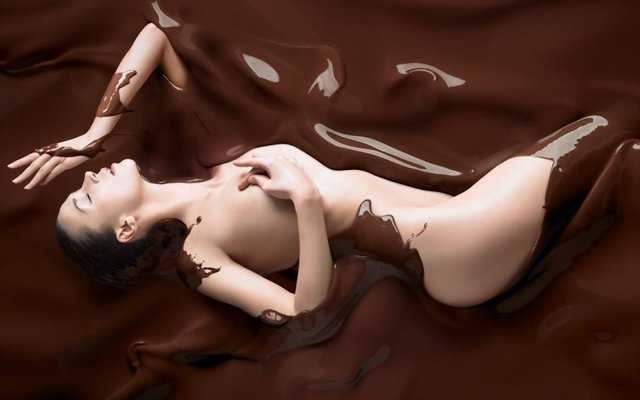
We have always been told that cocoa is native to Mexico and that from there it passed to Central and South America, but recent research shows that cocoa has its origin in Venezuela (something that fills us with pride).
When the Spaniards arrived in Venezuela, cocoa was widespread in various coastal regions in the center, south and east of the Lake Maracaibo basin, as well as in the upper Orinoco.
Like the Aztecs, the Venezuelan Indians drank a drink prepared with the cacao seed they called chacote and offered their gods cocoa butter that they burned in mud grills.
Like the Aztecs, the Venezuelan Indians used the cocoa seed as currency, and prepared a drink for medicinal, cosmetic and religious purposes.
The variety discovered by the Spaniards in Venezuela is the so-called Criollo, which has an unsurpassed quality, although today there are not many trees of this variety, since the variety of trinitarian cocoa was introduced, with higher production but lower quality.
The first cocoa plantations (we are talking about the 1600s) settled in the Trujillo State, since from there the Spaniards sent it through Lake Maracaibo to Spain. However, many shipments were diverted to Curaçao, which gave rise to the smuggling of cocoa, which is why the Guipuzcoana Company was created to guarantee the supply of Venezuelan products to Spain (do you remember the history classes of Venezuela in the school?).
In colonial times, Cacao cultivation spread throughout the country, with Barlovento plantations led by Capuchin monks being famous.
With the War of Independence, cocoa production logically had its ups and downs. However, after this War it once again occupied a privileged place in the national economy, being the main economic activity of the time. Cocoa was quoted at a high price, and the Mantuan (owners of almost all the cocoa farms) became immensely rich, hence the name of large cocoas.
However, in the 19th century, coffee began to gain popularity, so that cocoa no longer generated so much income, in addition to losing our main buyer, Spain,
According to a study on food and emotions conducted by the Institute of Neurosciences of Alicante in Spain, chocolate stimulates the brain more than a sexy (erotic) image.
According to this study, seeing and eating chocolate generates a more intense emotional response than other images such as sexual, travel or sports in men (69%) and women (62%).
In addition, this interesting study found that the female brain is activated just by looking at food, while that of men is stimulated to a lesser extent and they need to be tested.
To carry out this study, neuronal devices were placed in the study participants. These devices recorded the electrical and physiological activity of the participants and with it the different reactions to the different foods presented, including chocolate, were measured.
What did you think of this study? Just to try we're going to eat a Flaquito to see what our response will be, although we do not need any device to measure the pleasure it gives us.

We do not tire of praising the multiple benefits of chocolate in our health, because of the large amount of antioxidants contained in cocoa, especially if we refer to dark chocolate. And now that researchers at the University of Cambridge together with the Lycotec company have developed an anti-wrinkle chocolate, the leaps of happiness were not long in coming.
Indeed, they have created a chocolate to reduce wrinkles, which contains 70% cocoa and a large amount of antioxidants. In addition, being made with dark chocolate, because the contribution of calories is minimal compared to other presentations.
Remember that antioxidants are responsible for fighting free radicals, which cause premature aging of cells and skin as well as being responsible for the onset of diseases such as cancer. Its intake favors our physical appearance in addition to helping improve circulation and general health.
Therefore, dark chocolate thus becomes a powerful tool to prevent premature aging and repair the damage to our skin, due to environmental factors, stress and of course, the passage of time.